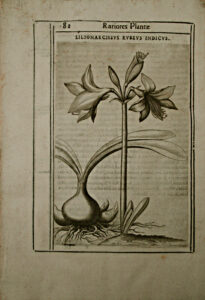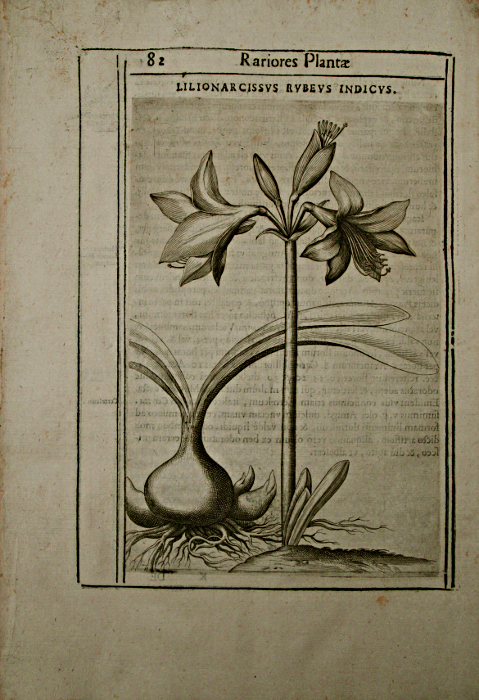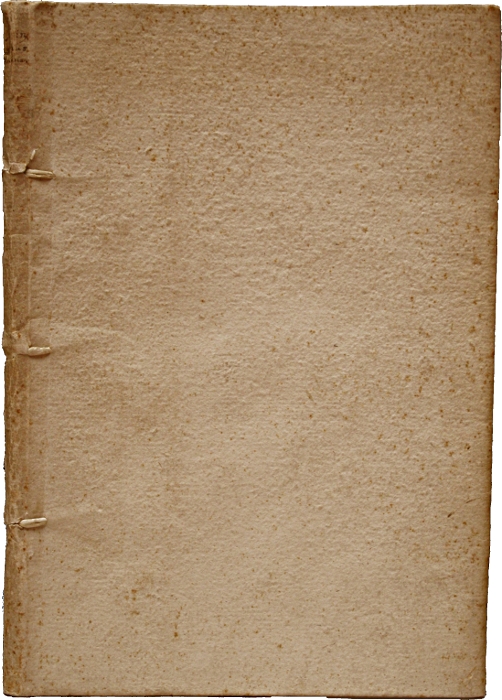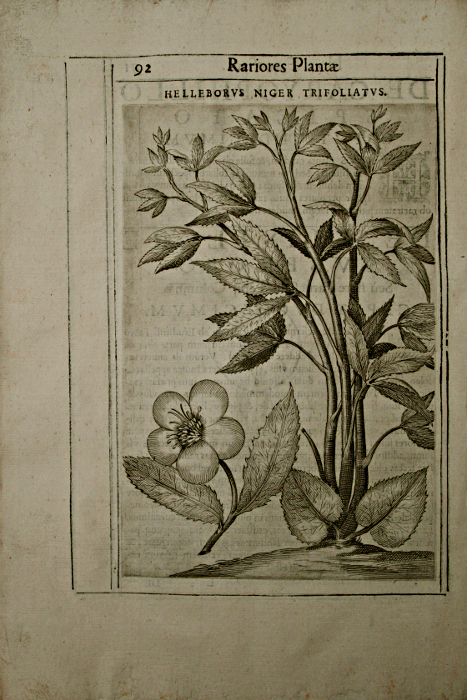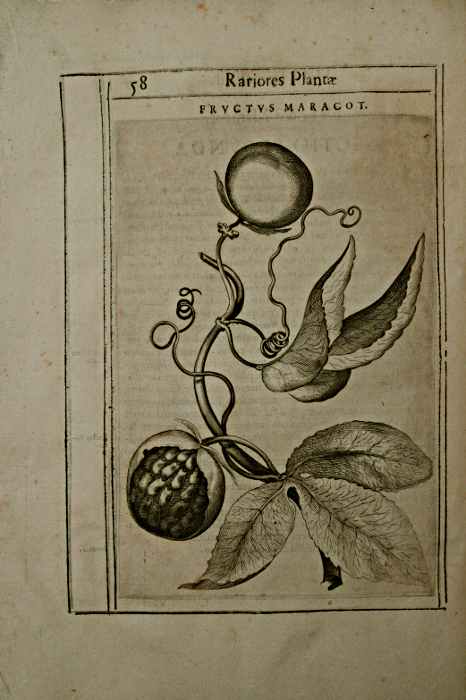Rome, J. Mascardi, 1625.
Folio [350 x 243 mm] preserved in the editor’s original cased binding. Contemporary binding.
First edition. Hunt, 208; Nissen, 13; Seguier, p. 34; L. Allatius, Apes Urbanae, sive de viris illustribus qui ad anno 1630 per totum 1632 Roman adsuerunt, 1633, p. 218.
The work contains an engraved title, 22 full-page engravings and 6 woodcuts.
“There has been considerable dispute about the authorship of this work; Seguier quotes Allatius for the statement that Petrus Castelli wrote a book which anwers to this description ‘Alieno nomine… edidit’ but Nissen quotes a contrary opinion from a friend of Castelli. It has not, we believe, been previously noticed that the preliminary leaf with the poem ‘to the learned author’ by J.C. Lummenaeus contains an acrostic, the initial letters giving ‘Petrus Castellus Romanus’. (Arpad Plesch, n°125).
“The book was published under the name of Tobie Aldini. He was an Italian doctor and botanist from Cesena in the 17th century, and the personal doctor of the cardinal Odoard Farnese, who set him up as the director of his botanical garden. Aldini published a description of this garden under the title: ‘Descriptio plantarum horti Farnesiani, Rome’, 1625, folio, with 28 plates, much well-known under the name of ‘Hortus Farnesianus’. Aldini gave rather fine plates of some of these plants, and exact descriptions, but overcharged with erudition. Among these plants, there is an acacia, or mimosa, which kept the nickname of ‘Farnesiana’ that reminds us of the gratitude we should show to the memory of the cardinal Farnese, who was a protector and the friend of the scholars, and that indicates the garden where this tree was first cultivated. It is nowadays naturalized in Italy and in the South of France. The author promised to publish more figures; but they remained unpublished. It seems that Aldini was only the figurehead of this book and that it was in fact the work of Pierre Castelli, a Roman doctor, who expressly writes in the foreword that he wrote everything: ‘Omnia scripsi’.”
A superb wide-margined copy, uncut, with very bright engravings, preserved in the original editor’s cased binding, a very rare condition.
